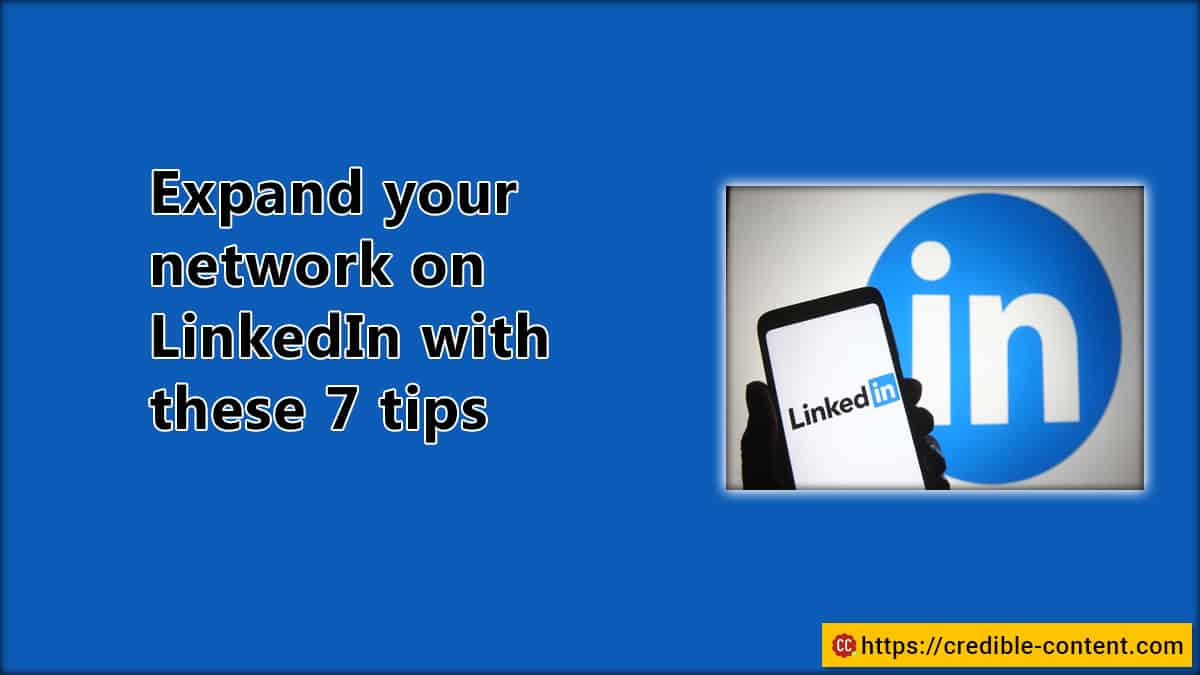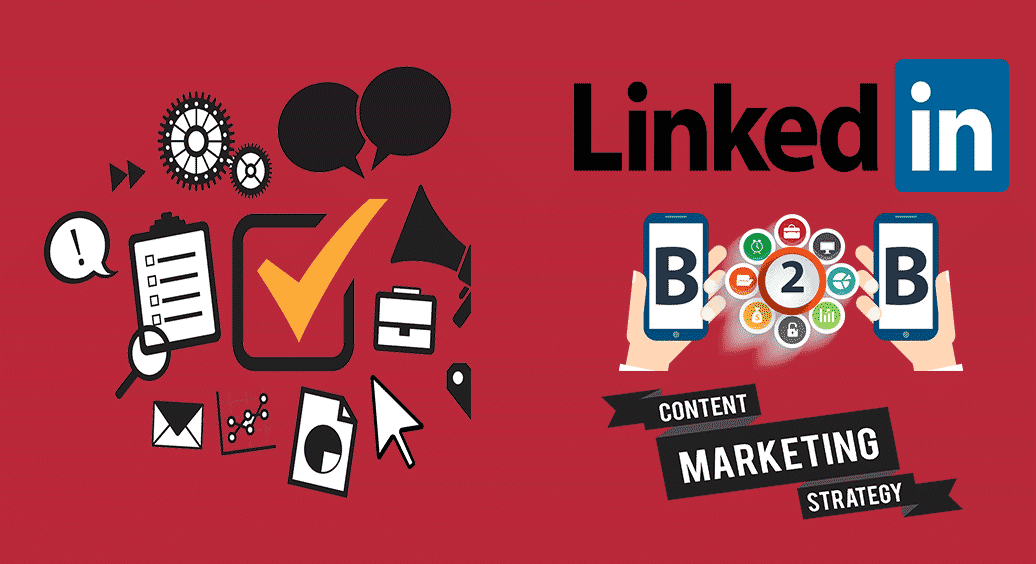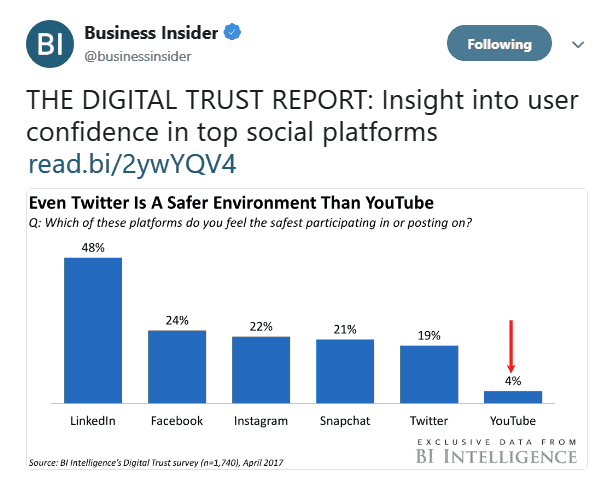LinkedIn is undoubtedly one of the top platforms for employment, B2B prospects, gaining business partners and much more.
However, its application might be overwhelming to some users.
New users tend to get confused between who they should connect with and who they should not.
This can lead to many issues that hinder the expansion of your professional network.
Thus, you need to take proper steps to achieve your professional goals.
We have prepared a detailed list of 7 effective tips that are sure to guide you through the process.
Keep reading to know more.
7 tips to expand your professional network on LinkedIn
Add personalized messages to connection requests
Most people have this wrong notion that connection on LinkedIn simply implies clicking on the connect button.
Sending a generic request creates no impression on the recipient.
Thus, while you are going through the list of people you may know, make sure to visit the person’s profile page separately and add a personal message while sending a connection request.
Regarding the content of the message, you can greet them with something like “It was a great pleasure meeting you last day at the conference” if you have met them previously.
In case you have not met the person and are simply interested due to a mutual line of work or some other reason, be sure to mention that in the message box.
Set short-term goals
Starting out on LinkedIn might seem like an overwhelming task.
However, please make sure to break down your long-term goals into shorter ones which are both realistic and achievable.
For instance, you want to hike up your connections from 100 to over 5000.
It might seem like an impossible task initially.
However, if you break it down over a period of a few weeks or months, it will become easy to achieve.
For example, instead of focusing on the distant future goal of gaining more than 5000 connections, you can set a goal of making 100 connections every week.
We recommend you do not spam people you don’t know but wish to connect with.
You need to always remember that quality preceeds quantity.
Join relevant Linkedln groups
There are many advantages to joining LinkedIn groups.
Different groups are based on different topics.
Thus, you can explore the ones relevant to your skill set or industry type and form new connections, communicate, and exchange information and even ask for advice.
You can also choose groups that include your target audience.
This will not only allow you to demonstrate your knowledge or area of expertise but also help you know more about the customers and prospects.
Please note that LinkedIn groups are made and moderated by individual leaders who have a designated set of rules that needs to be followed.
Thus, make sure to read them before sending a joining request.
Boost engagement by frequent posts
If you post something on LinkedIn and one of your connections likes, comments, or shares it, their connections are likely to see your post on their feed as well.
These second-degree connections might reach out or send a connection request to you if it is relevant to them.
In other words, posting content frequently might lead to the expansion of your professional network and create new opportunities by increasing the visibility of your content on the home page feed.
If you are worried that posting too much might irritate your connections, you do not need to worry.
This is because LinkedIn algorithms are rather tricky and posting something doesn’t necessarily mean that it is seen by the bunch of people in your network.
Use good visual content
Visual content does not only imply your LinkedIn profile and banner picture.
As per statistical analysis, content that includes visual elements such as images gets double the views compared to a general post.
Moreover, they get shared around twenty times more if videos are included.
Thus, it helps to boost engagement with your existing connections and provides opportunities to expand your professional network.
Make sure to not always share written content or some links.
Use other platforms for the promotion
You can use other platforms such as Instagram and Twitter to share or promote your LinkedIn account.
For instance, both these platforms have space for including bio.
You can use it to share your LinkedIn profile details.
It will help your contacts find and connect with you on LinkedIn.
This is especially important if you enjoy a significant following on these social media platforms.
Besides this, you can also share your LinkedIn profile link on Instagram stories, status updates, tweets, photos, videos, pins and so on.
Please make sure to get a vanity URL that includes all the important keywords and identity information.
This will help you remember it easily.
You can also add it to your email signature.
Include relevant keywords in your profile
Similar to the role of keywords in SEO (Search Engine Optimization), LinkedIn places great importance on the words you choose to write in your profile.
It is, therefore, crucial to incorporate important keywords into it to attract new visitors and increase connections.
We recommend you use different variations of your professional title.
For instance, if you are a Content Manager, you can include relevant functions such as copywriter, creative writer, website writer, blogger, communications specialist and so on.
These keywords are necessary because certain people tend to search for connections with regard to specific functions instead of formal titles.
Please make sure to include all the important functions of your role to have a greater appeal to a diverse audience.
Wrapping up
It cannot be denied that LinkedIn has emerged as one of the most powerful and widely used networking sites in recent times.
People are one click away from forming important connections and improving their professional lives from the comforts of their homes.
All the tips listed above are guaranteed to improve your productivity and transform LinkedIn from an intimidating platform to a fun one that has tremendous opportunities for growth.




